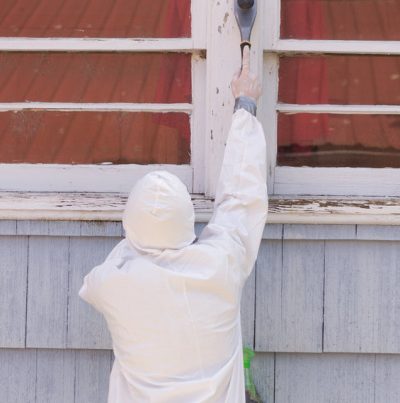In other posts, we’ve highlighted the pros and cons of several paint stripping methods and have talked about the benefits of using infrared heat to strip wood of paint. But how do you do it and how does paint stripping work exactly?
First, it’s necessary to understand the aging of paint. The top layer of paint is usually held responsible for peeling, when in reality it is the first (bottom) layer that no longer has sufficient adhesion. Paint ages, and over time a thick layer of additional coats of paint build up on the surface, which actually reduces adhesion.
By stripping paint to the bare wood, painting can begin again from scratch by using a deep-penetrating primer and undercoating that offers good adhesion. The result is more attractive as wooden details are more clearly visible, and is a higher quality solution.
As for the mechanics, let’s look at the Speedheater™ method which is based on paint removal using Infrared Technology:
- Moisture is drawn out of the wood as well as the paint resin, creating a porous substrate and a tooth for the primer to grip onto. This extends the life of the paint layer.
- Infrared rays open the grain of the wood much more effectively than any other paint removal method without damaging the wood.
- If you’re repainting, do it as soon as possible – preferably the same day – as the moisture level in the wood will normally be as low as 8-10 percent. Ideally, you should use a moisture meter.
The Speedheater™ IR Paint Remover is a silent and labor-saving device for use in removing paint from exterior and interior wooden surfaces. The tool is also ideal for window restoration, as it softens paint and putty simultaneously. The Speedheater™ method, with unique safety, cost-effective, wood-friendly and environmentally sound paint removal benefits, is designed for use by both professionals and homeowners alike.







